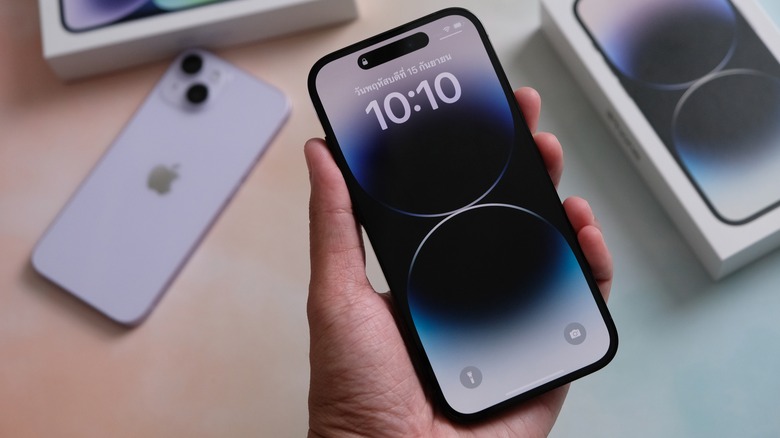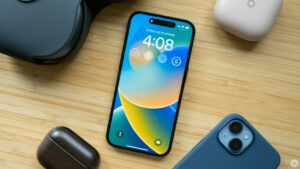
Introduction:
With each new release, Apple continues to push the boundaries of innovation in the tech industry. The much-anticipated iOS 17 update is rumored to bring a host of exciting features, including support for smart displays. This integration between iOS devices and smart displays is set to revolutionize the way we interact with technology in our daily lives. In this article, we will explore the potential of smart displays enabled by iOS 17 and the impact they may have on our homes, workplaces, and beyond.
The Rise of Smart Displays:
1. Definition and Functionality:
Smart displays, also known as interactive screens or smart panels, are devices that combine the features of traditional displays with enhanced interactivity and smart home integration. These displays can provide visual information, serve as control centers for smart devices, and offer a variety of other functionalities.
2 . Evolution in the Industry:
Smart displays have been gaining popularity in recent years, with various companies introducing their own versions. However, Apple’s entry into the market with iOS 17 is expected to bring significant advancements and seamless integration, leveraging their vast ecosystem of devices and services.
iOS 17: Enabling Smart Display Functionality:
1 . Enhanced HomeKit Integration:
iOS 17 will deepen the integration between Apple’s Home app and smart displays. Users will be able to control their connected devices, such as lights, thermostats, and security systems, directly from the smart display interface. This centralized control will provide a more intuitive and convenient experience for managing a smart home.
2.bSeamless Device Interaction:
iOS 17 will enable seamless interaction between iOS devices and smart displays. Users can transfer content from their iPhone or iPad to the smart display with a simple tap, allowing for a larger and more immersive viewing experience. Additionally, the smart display can serve as an extension of the iOS device, enabling multitasking and enhanced productivity.
Transforming Homes and Workplaces:
1 . Smart Home Applications:
With iOS 17-enabled smart displays, homes will become smarter and more interconnected. Users will be able to access their calendars, reminders, and personal data on a larger screen, creating a central hub for organizing daily activities. Voice assistants like Siri will be integrated, enabling hands-free control and voice commands for various tasks.
2 . Enhanced Productivity
Smart displays in workplaces powered by iOS 17 will facilitate collaboration, communication, and information sharing. Teams can conduct video conferences, display presentations, and access shared documents on a larger screen, promoting more efficient workflows. The integration of productivity apps, such as Pages and Keynote, will further enhance the overall work experience.
Potential Challenges and Future Possibilities:
1 . Privacy and Security:
The integration of smart displays raises concerns about privacy and security. Apple’s strong stance on user privacy is expected to mitigate these risks, ensuring that personal data remains secure and protected. Robust authentication methods and encryption protocols will be implemented to maintain user trust.
2 . Expanding App Ecosystem
With the introduction of smart displays, the iOS app ecosystem will expand to accommodate this new platform. Developers will have the opportunity to create innovative applications that leverage the unique capabilities of smart displays, further enhancing user experiences and driving technological advancements.
Conclusion:
Apple’s iOS 17 is poised to revolutionize the way we interact with technology through the integration of smart displays. By seamlessly connecting iOS devices with smart panels, Apple will enhance the functionality of homes, workplaces, and various other environments. As we look ahead, the potential for further advancements in smart display technology is immense, paving the way for a more connected and immersive future.

